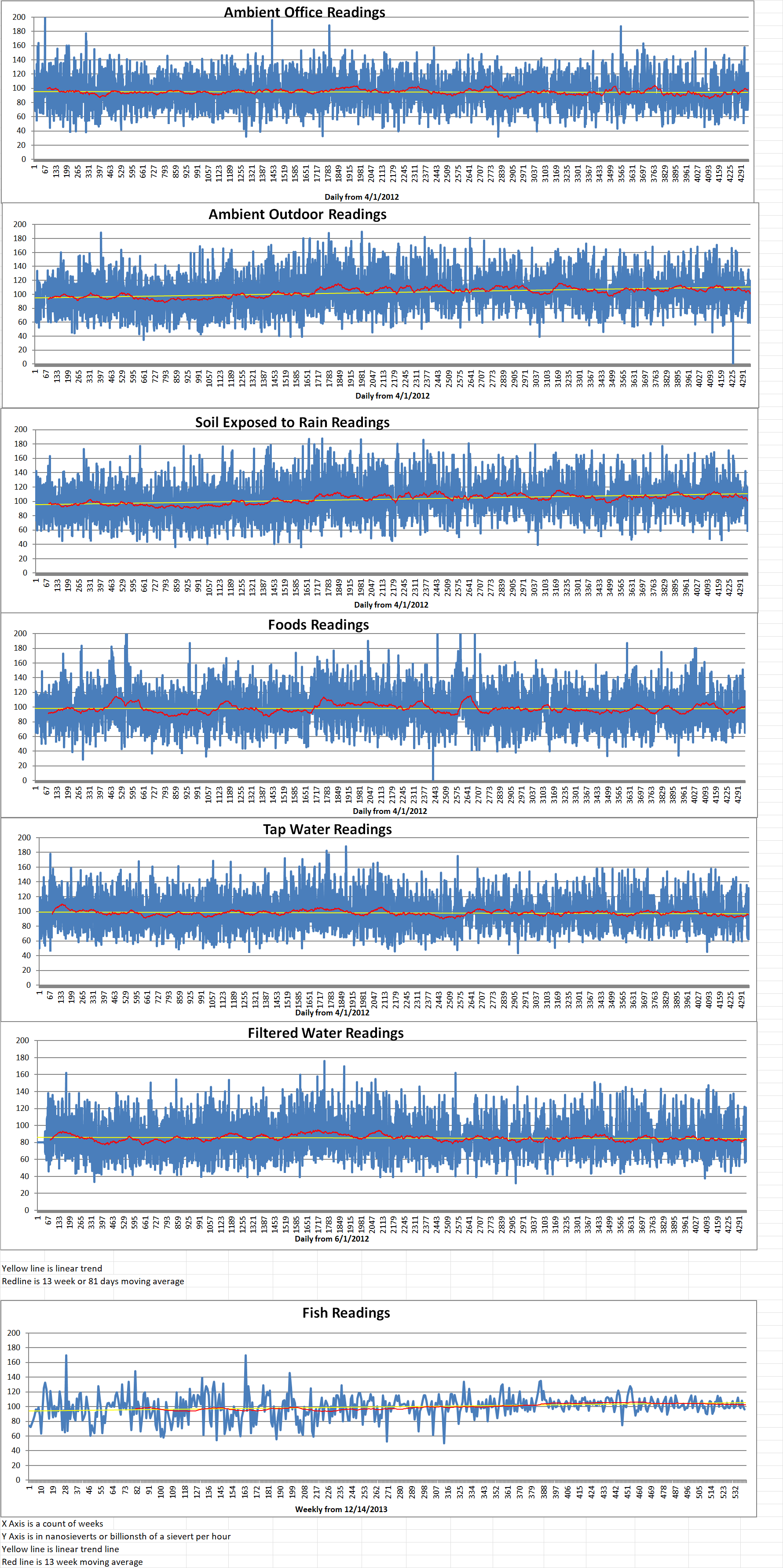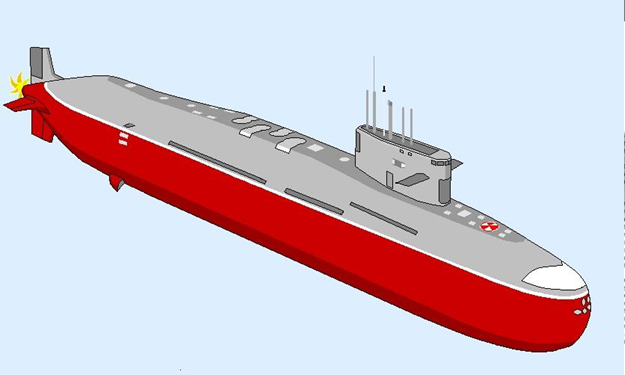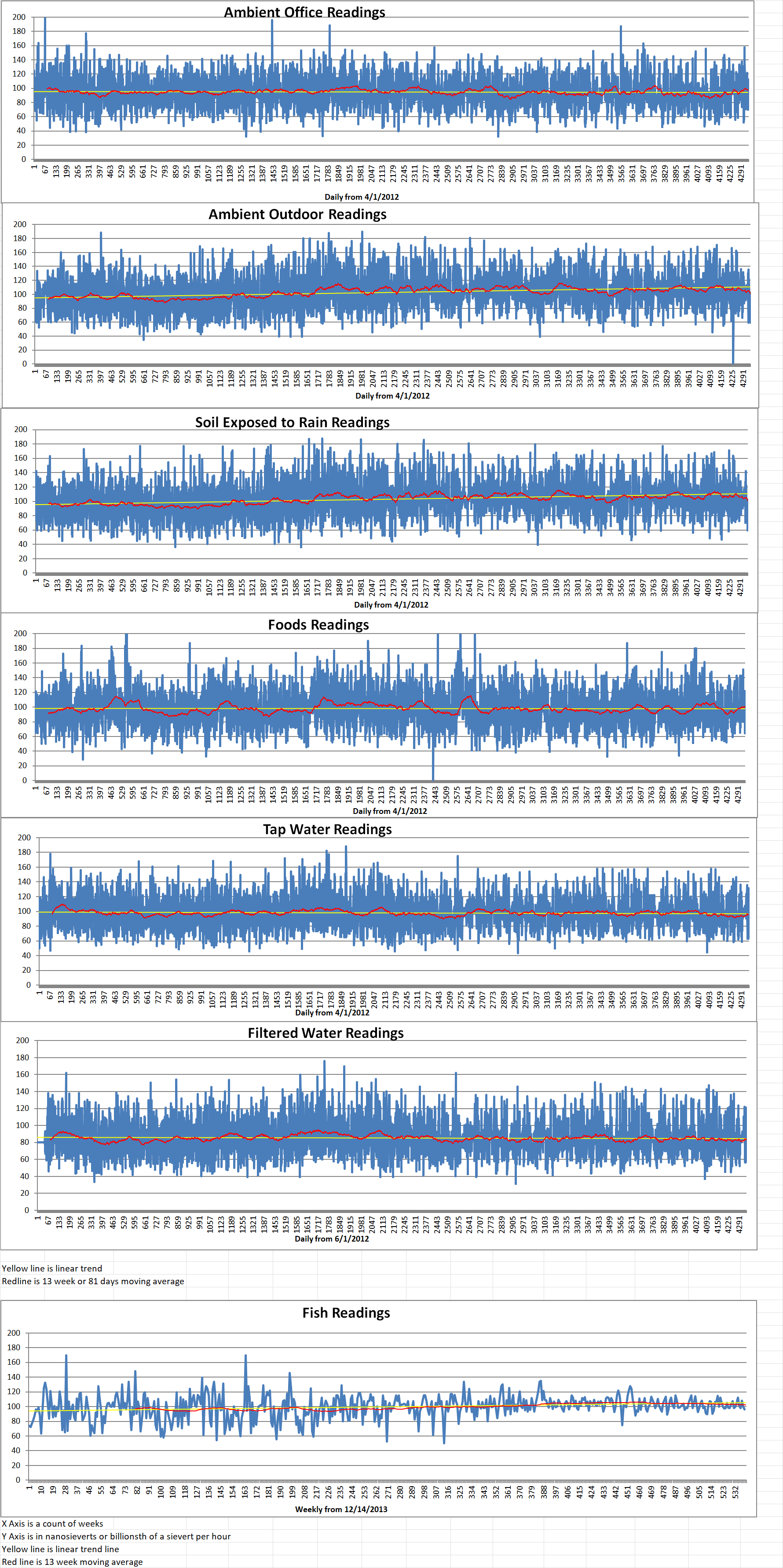Part 3 of 3 Parts (Please read Parts 1 and 2 first)
Before it was commissioned, the Arighaat was drawing attention in China. State-run newspaper Global Times quoting unnamed Chinese experts as saying India should not “use it to flex muscles. Nuclear weapons should be used in safeguarding peace and stability, not muscle flexing or nuclear blackmailing.”
Other analysts have said India is just responding to increased pressure from Beijing, which now has the largest navy in the world in terms of the number of vessels.
Kandlikar Venkatesh is an analyst at the GlobalData analytics company. He said, “China’s extensive naval buildup and the regular deployment of fully armed nuclear deterrence patrols by Type 094 submarines (the Jin class) are perceived as a threat by other countries in the region, including India. The deployment of Arihant-class submarines will provide India some degree of parity with its Chinese counterparts.” He also said that adding that more submarine investment is coming, thirty-one billion six hundred billion over the next decade.
Venkatesh said that bigger subs and longer-range missiles are reportedly under development. This could eventually see India field nuclear-tipped weapons with a range of seven thousand five hundred miles.
Abhijit Singh is a senior fellow at the Observer Research Foundation in Mumbai. He said that it’s not just China that India is looking at with its sub development. Singh wrote in an op-ed that “The real impetus for India’s expansion of its second-strike capability is, in fact, the significant growth of the Pakistani and Chinese navies in the Indian Ocean.” He added that Pakistan is in the process of acquiring eight Chinese-designed Type 039B attack submarines as it modernizes its fleet. “Pakistan continues to narrow the sea-power differential with India.”
India and Pakistan have long been fighting in the disputed and heavily militarized region of Kashmir. Both countries claim in its entirety. A de facto border called the Line of Control divides it between India and Pakistan. This dispute has led to three wars between the two nations. China is one of Pakistan’s most important international backers and a major investor in the country.
Korda, the Federation of American Scientists expert, said that it’s not the subs themselves that give him cause for worry, but the multiple-warhead missiles they carry.
That technology is known as Multiple Independently targetable Reentry Vehicles (MIRV). It also applies to land-based missiles and can be destabilizing, Korda argues. He added that “India, Pakistan, and China are all developing missiles that can carry multiple warheads.”
India announced in April that it had joined the MIRV club, which includes the US, UK, France, Russia and China, with a successful test of the domestically developed Agni-V intercontinental ballistic missile. Pakistan has also claimed to have MIRV technology, but experts say the claim is unverified.
Adversaries need to assume such claims are true if they don’t want to be caught unprepared in the event of actual conflict. Korda said, “These systems are ideal first-strike weapons, but they are also the first weapons that would likely be targeted in an opposing first strike. As a result, their deployment across the region will likely kick the collective arms race into a higher gear, as countries seek to build missile defenses and conventional strike options that can counter them.”







